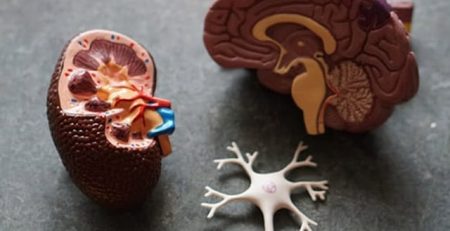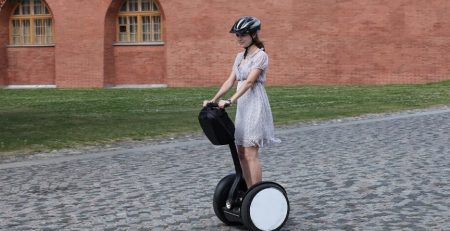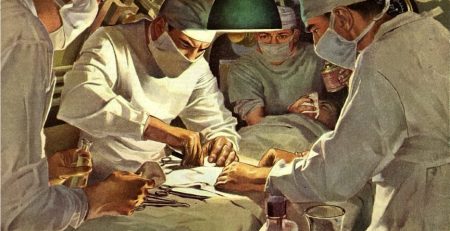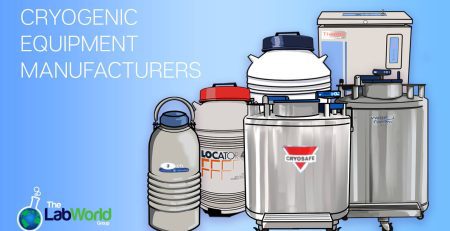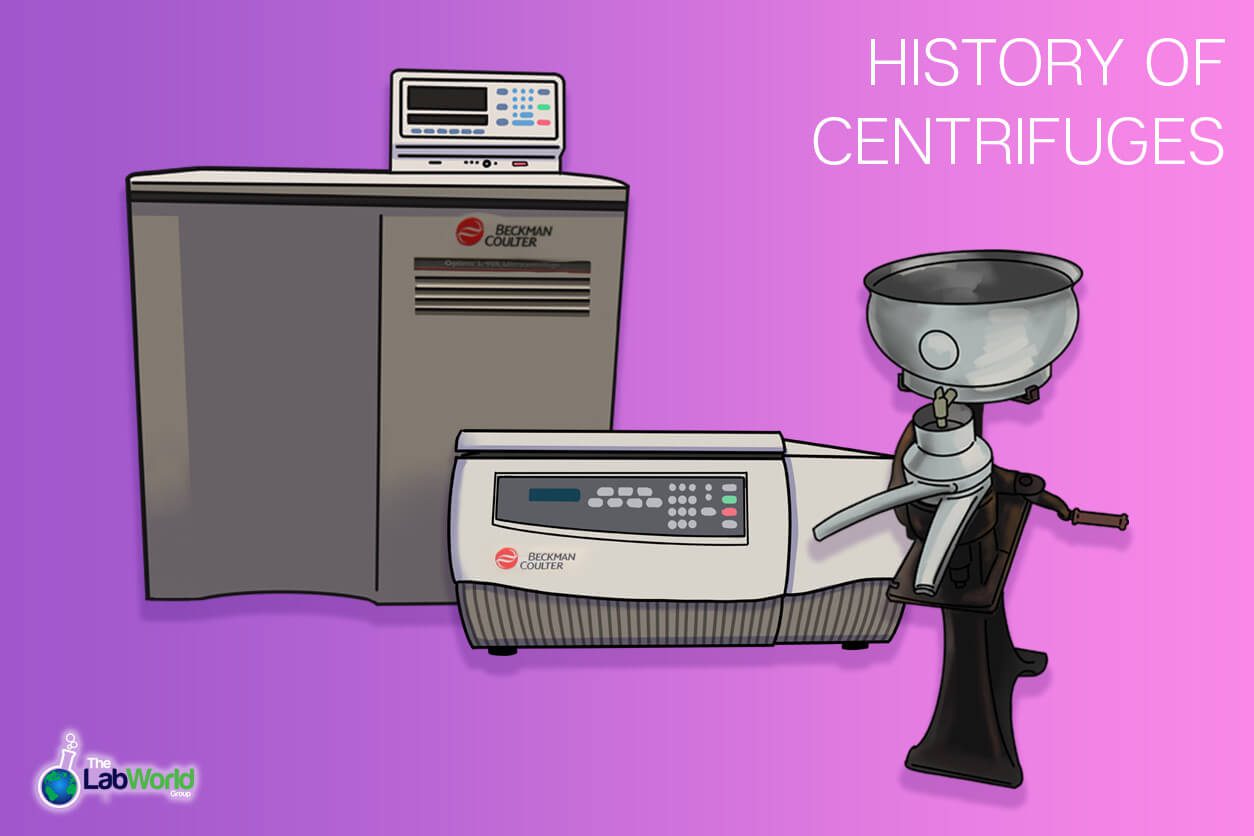
History of the Centrifuge
Amanda2022-06-10T13:15:15+00:00Centrifuges have become a laboratory staple, both in industry, research, and scholarly settings. However, the history of centrifugation has its roots in explaining the travel of planets, helping speed up the dairy industry, and then was optimized for the nuclear arms race.
Centrifuges may have started as a method of density separation but their range of use has expanded over the century into isotope separation, geotechnical simulations, as well as applications in aeronautics and astronautics like helping to test a pilot’s ability to cope with high g forces.
Centrifuges can range in size from small hand-operated models up to the world-record-holding TSF-18 Centrifuge in Star City Russia with a rotating arm of 59 ft! But where did this instrument begin? Here we’ll take a look at this workhorse’s humble dairy beginnings and the innovations it’s seen through the years.
Who are the Fathers of The Centrifuge
Centrifugal force, the inertial force that acts on all objects rotating away from an axis, was given its name in 1659 by a dutch mathematician, by the name of Christiaan Huygens. He coined the term centrifugal force in his work De vi centrifuga and was also expressed as an early concept by Newton, Leibnitz, and Hooke. The conception was used in many debates in classical mechanics about detecting absolute motion and would be used to describe ideas like rotating buckets and even distant stars and planets.
A Newtonian mathematician and military engineer named Benjamin Robins would use this idea to determine drag, inventing a whirling arm apparatus in the 1700s. 200 years after Huygens’s first posit, in 1864, Antonin Prandtl put the idea to work with a hand-operated centrifuge. A master brewer in Germany, Prandtl wanted to speed up the process of separating cream and milk. His brother Alexander would then take his bothers original dairy centrifuge design and improve upon it creating a butterfat extraction machine in 1875.
A few years after Antonin’s invention, a Swiss physician named Friedrich Miescher employed this technology to separate cell organelles leading to the discovery of nucleic acid. By the end of the century, the first continuous centrifuge was developed by Gustaf de Laval again for dairy manufacturing, and later he applied the principle to glass bottle fabrication.
Ultracentrifugation
Until the early 1900’s centrifuges were small, and hand-operated, reaching speeds of around 3000 rpm. In 1925, Theodor Svedberg created the analytical ultracentrifuge capable of reaching 900,000 x g. This early analytical instrument helped in his research of colloids and proteins, earning him a Nobel Prize in Chemistry.
As the years went on, further innovations were added such as a vacuum Ultracentrifuge. By adding a vacuum, friction was reduced and temperatures that would otherwise have risen from operation remained a constant, protecting the samples. This innovation was first introduced by Jesse Beams of the University of Virginia, in pursuit of developing a centrifuge for isotopic separation. The use of a vacuum in a centrifuge was further refined by Edward Pickles, his graduate student who went on to found Spinco or Specialized Instruments Corporation.
While Pickels went on to put out a commercially successful ultracentrifuge, followed by the first preparative centrifuge to reach 40,000 RPM, the model L, Beams worked on the Manhattan Project. In 1954 Spinco was acquired by Beckman Coulter and started its journey to become the well-known centrifuge manufacturer it is today.
Further refinement of speed, materials, and rotors was spurred on by the race to the atomic bomb and uranium enrichment. Scientists in Austria, the USSR, and the United States streamlined and improved Beam’s design, making it more stable and reliable. Innovations such as gas centrifuges became classified by the US government.
Other well-known companies began introducing their improvements such as Eppendorf, then under the banner of Netheler and Hinz Medizintechnik, and the first microcentrifuge gave way to the almost universal adoption of the centrifuge into the lab. Hettich brought about the first microprocessor-controlled centrifuge in 1976, in the 80’s Beckman Coulter introduced the first high-capacity floor model. The 2000s brought in personal centrifuges from Eppendorf, allowing for quick spin downs and quicker turnarounds, enhancing overall productivity. Eppendorf also released the 5415D, a cooled microcentrifuge that allowed for work with temperature-sensitive analytes like hormones and enzymes.
Final Thoughts
Much like the rest of technology the speed of innovation keeps ramping up. Each decade brings innovations and so long as we are seeking new medical treatments and technologies, the centrifuge isn’t going anywhere. We can look forward to improved speeds and efficiency, companies like VWR, Thermo, and Eppendorf in particular have an eye on green practices both in manufacturing and in the instrument itself. We have been fortunate to carry staples like the Eppendorf 5702 and the Thermo Legend XTR that are reliable year after year, but we also look forward to newer machines like the Thermo Megafuge ST Plus that bring exciting new features and faster rotors.
As always what we show on our site is our current inventory, and each instrument has been thoroughly vetted. We put each machine through its paces so that when it gets to your lab you know you’re ready to start your research. Our inventory changes daily so check back in or contact us if you don’t see what you need, we can help!




